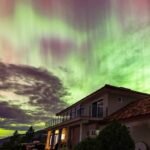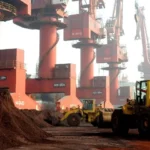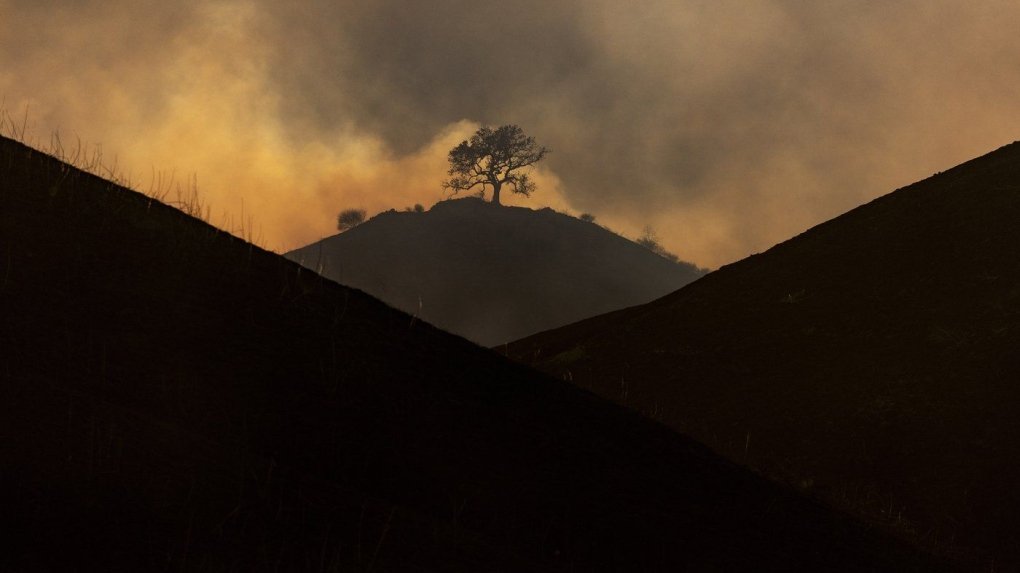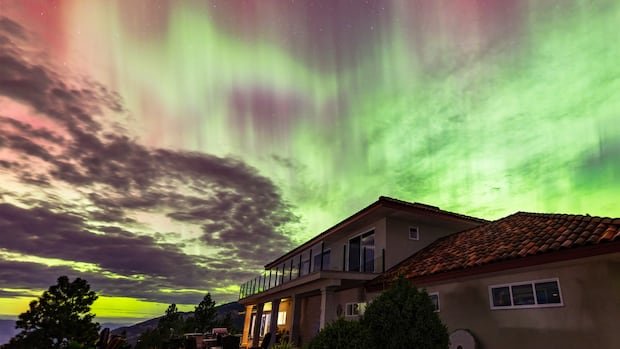LOS ANGELES –
Some people in Los Angeles have worked for years to increase the number of trees that provide respite from heat and air pollution.
Tree lovers have faced increasing drought, poor pruning and objections from neighbors who resent the leaves and sap. Now advocates are wondering what effect this month’s devastating fires have had on their efforts.
City arborists have “sobering” photographs of large trees blown onto homes and parkways by the same powerful winds that sparked out-of-control fires, said Bryan Vejar, associate director of community forestry at TreePeople, an environmental nonprofit that works to plant and care for trees. through Los Angeles. Other images show charred canopies, he said.
The powerful Santa Ana winds damaged trees in South Los Angeles, Watts and Inglewood, historically underserved neighborhoods with less shade and TreePeople’s primary focus areas.
The air remains so bad that field crews still cannot work safely. When they go out, he said, they expect to find young trees snapped, broken or dead.
New trees are vulnerable and volunteers often have to go out and water them during the first few years.
Firefighters put out a fire inside a tree after the Eaton Fire swept through the mountains of the Angeles National Forest near the Mount Wilson Observatory north of Pasadena, Thursday, Jan. 9, 2025. (AP Photo/Etienne Laurent)
“Events like this can significantly increase our mortality rates,” Vejar said.
Past fires and extreme winds have snapped off many branches and toppled trees, especially those planted in narrow strips of land where there isn’t room for much soil, he said.
When it is safe, urban tree experts will come out to inspect, re-stake and tie downed trees, and remove and replace those that were lost.
Replanting trees in burned neighborhoods is more difficult because of climate change, said Will Berleson, a professor in the USC Department of Earth Sciences and a researcher with the university’s Urban Tree Initiative. Although many of the city’s mature trees might be 30 or 40 years old, “they started growing at times when it wasn’t as hot and they didn’t have these kinds of wet and dry fluctuations that we seem to be seeing now,” he said. saying.
Some experts see the loss of trees as an opportunity to teach Los Angeles residents where they live and which plants are best suited and aren’t necessarily the iconic ones from Hollywood movies. They would like to replace non-native species like palm trees, which are more closely related to grasses, with trees that provide shade and can withstand extreme heat and drought.
 Beachfront properties are burned to the ground by the Palisades Fire on Friday, Jan. 10, 2025, in Malibu, Calif. (AP Photo/John Locher)
Beachfront properties are burned to the ground by the Palisades Fire on Friday, Jan. 10, 2025, in Malibu, Calif. (AP Photo/John Locher)
Trees like coast oak are a good choice, said Aaron Thomas, director of urban forestry for the environmental nonprofit North East Trees. They are native to the region and resistant to fire; in fact, they need to burn to reproduce, he said.
Thomas, who grew up in Altadena, has family members who lost their homes in the Eaton Fire north of Pasadena, which burned more than 7,000 structures. His brother’s house burned, but the five coast oaks in his backyard survived.
For him, it’s another reminder that cities need to think about how to rebuild and reforest with native flora: “That’s what we have to do.”
 Embers fly from a burning tree as the Eaton Fire burns in Altadena, California, on Jan. 8, 2025. (AP Photo/Nic Coury, File)
Embers fly from a burning tree as the Eaton Fire burns in Altadena, California, on Jan. 8, 2025. (AP Photo/Nic Coury, File)
But planting trees with climate-resistant characteristics, such as large canopies, is not always easy, and cities should consider community input when deciding what to plant. Trees that provide too much shade can make it difficult for drivers to see around corners, and when space is at a premium, sometimes there simply isn’t enough space above or below ground to plant them.
Berleson added that it will be a long time before neighborhoods look like they did before the fires.
Vejar said his group knows there will be setbacks, but that is the reality.
“It’s climate change. They are water restrictions. “They are extreme climatic phenomena,” he said. “And so in the face of this, all we can do is continue to build, rebuild and manage our urban forests in a way that makes them more resilient in the face of these extreme weather events.”









